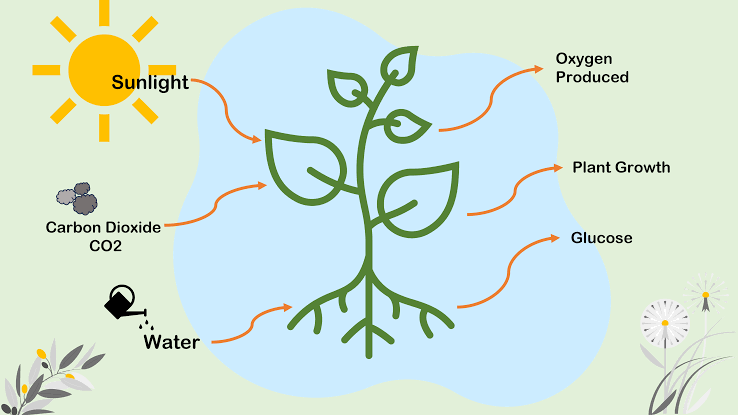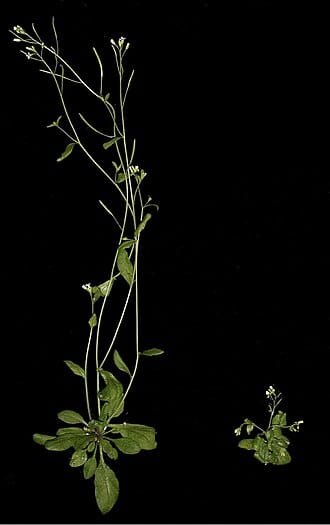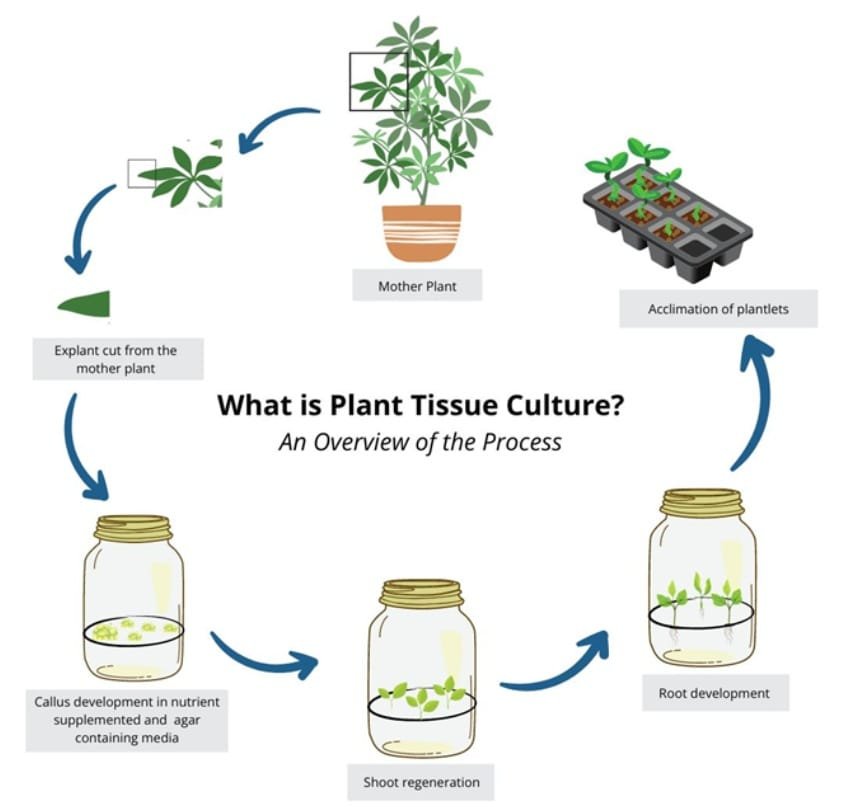1. Introduction to Plant Biochemistry and Biotechnology
Plant biochemistry and biotechnology are integral fields of plant science that explain how plants function at the molecular level and how this knowledge can be applied to develop sustainable agricultural practices. Plant biochemistry focuses on the chemical processes and substances within plants, such as photosynthesis, respiration, and metabolism. Biotechnology, on the other hand, involves using living organisms or biological systems to improve plant traits, enhance productivity, and resist pests or diseases.
Understanding plant biochemistry helps in decoding how plants synthesize and utilize compounds like carbohydrates, proteins, lipids, enzymes, and hormones. Meanwhile, biotechnology applies tools like genetic engineering, tissue culture, and molecular markers to create improved plant varieties. Together, these fields offer innovative solutions for food security, environmental sustainability, and industrial applications.
Summary of Plant Biochemistry
- Plant biochemistry explores how plants convert light, carbon, and nutrients into essential molecules that fuel growth, defense, and development through complex metabolic pathways.
- Biotechnology applies molecular tools like genetic engineering, CRISPR, tissue culture, and molecular markers to enhance crops with improved yield, stress tolerance, and nutritional quality .
- These fields combine scientific insight and innovation to build resilient, productive, and sustainable agricultural systems.
Table of Contents
2. Fundamentals of Plant Biochemistry
2.1 Photosynthesis and Respiration

Photosynthesis is the process by which green plants convert light energy into chemical energy stored in glucose. It involves chlorophyll, sunlight, carbon dioxide, and water. Respiration, in contrast, breaks down glucose to release energy for cellular processes. Both pathways are essential for plant growth and energy balance.
2.2 Carbohydrate Metabolism
Carbohydrates are the primary products of photosynthesis and serve as an energy source. Metabolism includes synthesis (anabolism) and breakdown (catabolism) of sugars, starches, and polysaccharides. Key pathways include glycolysis, the Calvin cycle, and the citric acid cycle.
2.3 Protein and Amino Acid Metabolism
Proteins are vital for structural and enzymatic functions. Plants synthesize amino acids through pathways like the shikimate and GS-GOGAT cycles, which later form peptides and proteins required for growth, repair, and signaling.
2.4 Lipid Metabolism
Lipids are involved in membrane structure, energy storage, and signaling. Plants produce fatty acids and oils through metabolic routes involving acetyl-CoA and fatty acid synthase. These lipids are important for seed germination and stress response.
2.5 Enzymes and Coenzymes
Enzymes are biological catalysts that speed up metabolic reactions. Coenzymes like NAD+, NADP+, and FAD play crucial roles in redox reactions during photosynthesis and respiration. Their efficiency directly affects plant metabolism and productivity.
2.6 Plant Hormones and Secondary Metabolites

Hormones such as auxins, gibberellins, cytokinins, ethylene, and abscisic acid regulate plant growth, development, and stress responses. Secondary metabolites like alkaloids, flavonoids, and terpenoids are not essential for survival but play roles in defense, pigmentation, and attraction.
3. Basics of Plant Biotechnology
3.1 Plant Tissue Culture

Plant tissue culture involves growing plant cells or tissues in a nutrient medium under sterile conditions. It allows for rapid propagation of genetically identical plants, conservation of rare species, and production of disease-free plants.
3.2 Genetic Engineering
Genetic engineering introduces new genes into a plant’s genome to improve traits such as yield, resistance to pests, and tolerance to drought. Techniques include Agrobacterium-mediated transformation and gene gun methods.
3.3 Molecular Markers
Molecular markers are DNA sequences used to track gene inheritance. They assist in marker-assisted selection, enabling breeders to identify plants with desired traits without waiting for maturity.
3.4 Genomics and Proteomics
Genomics studies the complete set of genes in a plant, while proteomics focuses on the proteins expressed by these genes. These fields help identify functions of genes and proteins, paving the way for targeted improvements.
3.5 CRISPR and Gene Editing
CRISPR-Cas9 is a revolutionary tool for precise genome editing. It allows researchers to add, delete, or modify specific genes to develop plants with enhanced traits without introducing foreign DNA.
4. Applications of Plant Biochemistry and Biotechnology
4.1 Crop Improvement
Biotechnological tools help develop high-yielding, disease-resistant, and climate-resilient crops. Biochemistry ensures nutrient optimization and stress adaptation.
4.2 Pest and Disease Management
Genetically modified crops like Bt cotton produce insecticidal proteins, reducing pesticide use. Understanding plant-pathogen biochemistry helps design effective resistance strategies.
4.3 Biofertilizers and Biopesticides
Microbial products enhance soil fertility and plant health. Biochemical studies identify useful microbes, while biotechnology mass-produces them for sustainable agriculture.
4.4 Stress Tolerance and Climate Adaptation
By manipulating stress-responsive genes and metabolic pathways, plants can better tolerate drought, salinity, and extreme temperatures.
4.5 Industrial and Pharmaceutical Uses
Plants are biofactories for valuable compounds like enzymes, vaccines, and drugs. Biochemistry aids in understanding biosynthetic pathways; biotechnology scales up production.
5. Ethical, Environmental, and Regulatory Aspects
5.1 Biosafety and GM Crops
Genetically modified crops must undergo strict testing for safety and environmental impact. Regulatory bodies ensure that biotech applications do not pose risks to humans or ecosystems.
5.2 Ethical Considerations
Ethical debates surround gene editing, patenting of life forms, and the potential impact on biodiversity and smallholder farmers.
5.3 Intellectual Property Rights (IPR)
IPR laws protect innovations in biotechnology, encouraging research and development while ensuring fair access and benefit-sharing.
6. Conclusion
Plant biochemistry and biotechnology together represent a transformative approach to modern agriculture and plant science. At the core of plant biochemistry is understanding the dynamic metabolic web that enables photosynthesis, respiration, and the synthesis of primary and secondary metabolites. These biochemical pathways are essential, not only for plant growth and reproduction but also for shaping plant responses to environmental stress and defense against pathogens .
On the other side, biotechnology harnesses these discoveries and applies them using cutting-edge tools like tissue culture, molecular markers, transgenic technology, and gene editing. Through genetic engineering and CRISPR, scientists can precisely modify plant genomes to improve agronomic traits such as drought resilience, nutrient density, and pest resistance reducing reliance on chemicals and increasing food security . Molecular markers accelerate breeding by tracking desirable genes early, while genomics and proteomics unveil how genetic information translates to useful traits.
The synergy of these fields catalyzes innovation in sustainable agriculture. Biotechnology enables the development of biofertilizers, biopesticides, and biofortified crops, while biochemistry ensures we comprehend how these modifications influence plant metabolism and ecosystem integrity. The integration of nanobiotechnology further allows precise delivery of nutrients and genetic materials, enhancing efficacy and minimizing environmental impact .
Challenges persist around biosafety, ethics, intellectual property, and public acceptance. Robust regulatory systems and transparent dialogue are essential to maintain trust and benefit-sharing. Training farmers, investing in infrastructure, and aligning research with local needs will maximize positive outcomes.
In summary, plant biochemistry deciphers the molecular language of life, and biotechnology uses that knowledge to rewrite agricultural potential. Together, they offer a pathway to resilient, sustainable, and equitable farming systems. The future depends on balancing innovation with ethics and accessibility so that all communities benefit from scientific advances.
Frequently Asked Questions (FAQs)
What is plant biochemistry?
Plant biochemistry studies the chemical processes in plants, including how they convert sunlight, water, and nutrients into essential molecules like carbohydrates, proteins, and enzymes. These molecules support growth, energy production, and defense. Understanding plant biochemistry helps improve crop development and stress tolerance.
How does biotechnology improve crop performance?
Biotechnology enhances crop performance through tools like genetic engineering and CRISPR, which allow precise modifications for better yield, stress resistance, and nutrition. Molecular markers also speed up breeding by identifying key traits early, making farming more efficient and sustainable.
What are examples of secondary metabolites in plants?
Secondary metabolites like flavonoids, alkaloids, terpenoids, and lignin help plants resist pests, attract pollinators, and survive stress. These compounds also have valuable uses in medicine, cosmetics, and industry due to their bioactive properties.
Related Articles

